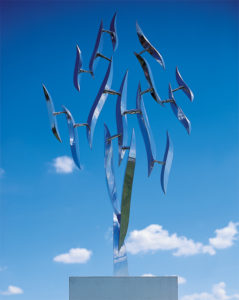Architecture
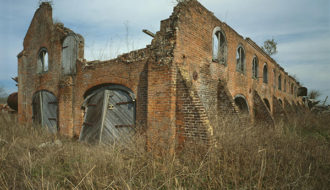
Laurel Valley Plantation
In the early twentieth century, Thibodaux's Laurel Valley Plantation was the largest sugar producer in the region and employed as many as 450 workers.

In the early twentieth century, Thibodaux's Laurel Valley Plantation was the largest sugar producer in the region and employed as many as 450 workers.
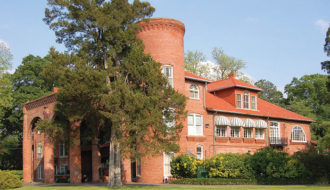
Layton Castle, a rambling, maze-like brick home built in 1814, is an architectural landmark in Monroe, Louisiana.
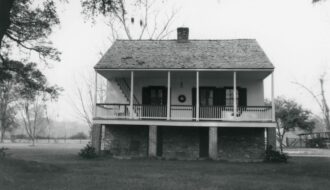
The LeBeau House plantation occupies one of the narrow lots typical of The Island, the area between the Mississippi and False rivers.
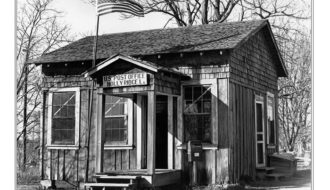
Photographer Lee Estes is best known for his precise and extensive black and white photographic documentation of vernacular subjects, especially architecture.
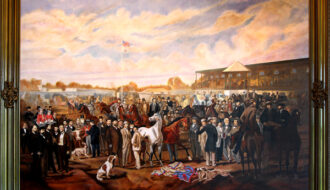
Legalized gambling has played an important cultural, political, and economic role in Louisiana's history from the colonial era to the present.

Before his retirement in 2002, basketball coach Leon Barmore led the Lady Techsters from Louisiana Tech University to nine Final Four appearances.
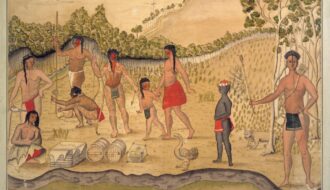
Approximately forty ethnically and politically distinct North American Indigenous polities located in the Gulf Coast region and lower Mississippi River valley made up les petites nations.
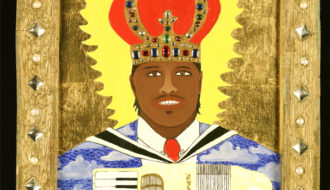
New Orleans painter Leslie Staub is best known for her series of Louisiana cultural and political figures rendered in a style reminiscent of Orthodox Church icons.

Queer people have long been part of Louisiana’s history, but the political movement for LGBTQ+ rights emerged slowly in the late twentieth century.
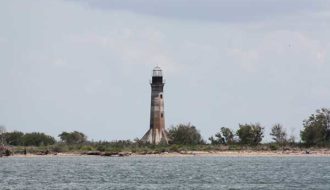
Installed in the 1800s, Louisiana's lighthouses were not only among the state's most visually dynamic buildings, but also provided a vital service for commercial mariners.
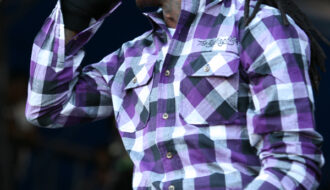
Lil Wayne is one of the best-known rappers from New Orleans, having reached the status of a global celebrity.
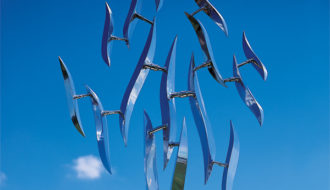
Louisiana artist Lin Emery was best known for her polished aluminum kinetic sculptures in public spaces and collections around the world.
One-Year Subscription (4 issues) : $25.00
Two-Year Subscription (8 issues) : $40.00
